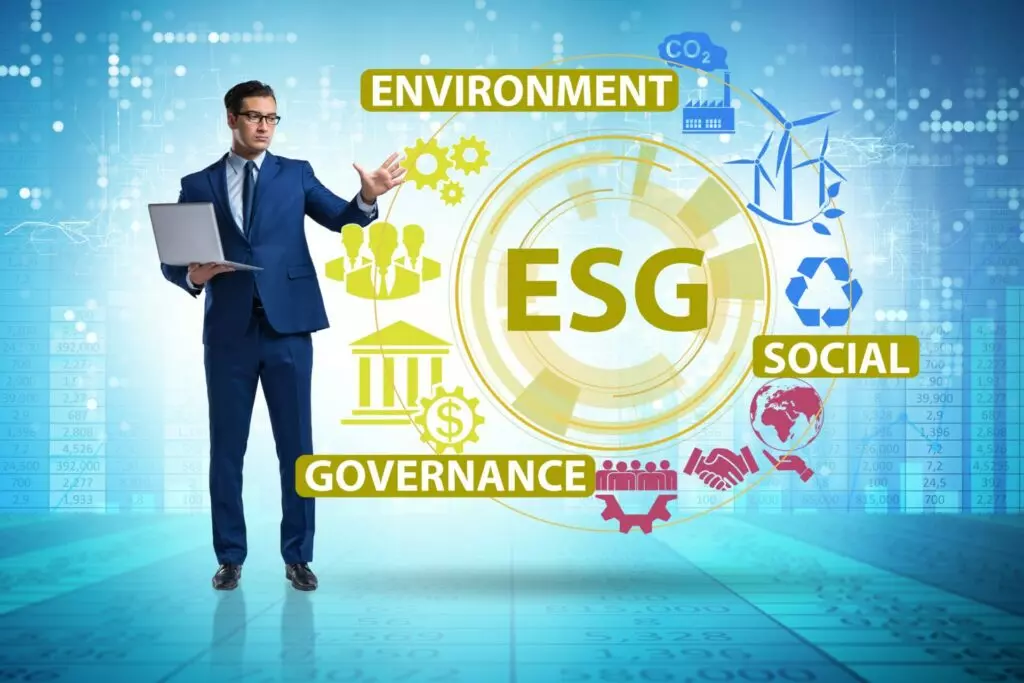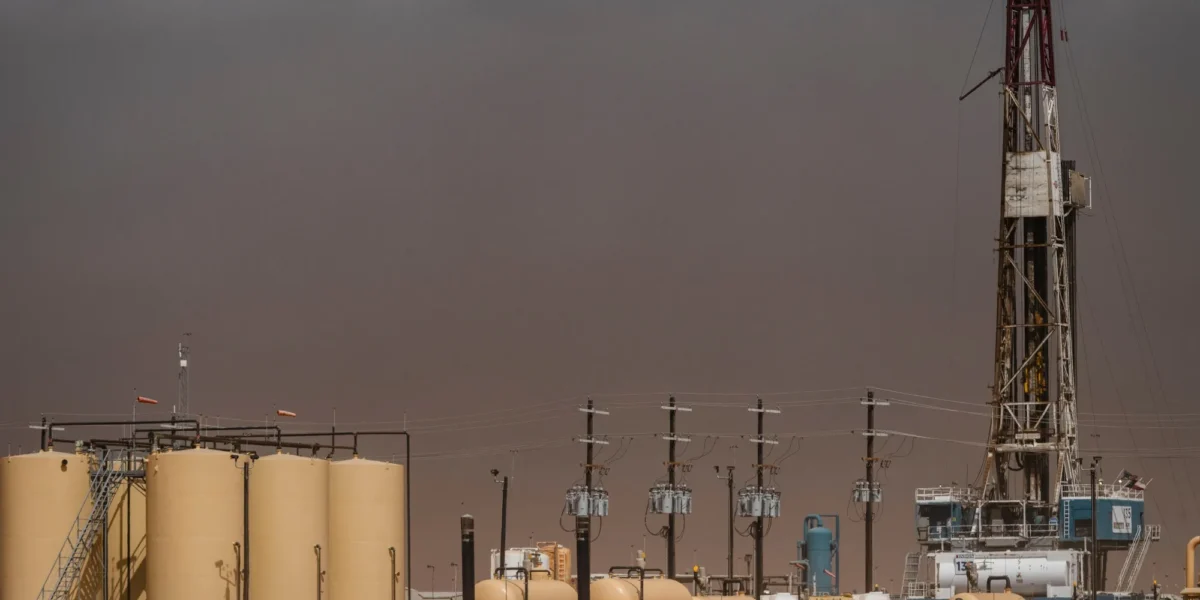Introduction
In today’s energy landscape, Environmental, Social, and Governance (ESG) performance has become as important as production output. For U.S. oil producers, this shift isn’t just about regulatory compliance or public perception—it’s about maintaining access to capital, securing long-term business viability, and leading responsibly in a carbon-constrained world.
So how are U.S. producers evolving? The answer: through innovation, transparency, and a proactive approach to sustainability.
1. From Compliance to Competitive Advantage
ESG is no longer a checkbox exercise—it’s a business driver. U.S. energy companies are increasingly viewing ESG performance as a way to:
-
Attract institutional investors
-
Access lower-cost capital
-
Win stakeholder trust
-
Future-proof operations
Firms that lead on ESG now see it as a differentiator, not a burden.
2. Tackling Emissions Head-On
Reducing greenhouse gas emissions, particularly methane, has become priority #1.
What Producers Are Doing:
-
Installing continuous methane monitoring systems
-
Implementing leak detection and repair (LDAR) programs
-
Using zero-emission equipment and electric-powered infrastructure
-
Participating in voluntary methane reduction initiatives, like OGMP 2.0
Why It Matters:
Methane has over 80x the warming power of CO₂ in the short term. Rapid mitigation = real climate impact.
3. ESG Reporting and Transparency
Investors and regulators now expect real-time, auditable ESG data. U.S. producers are stepping up with:
-
Sustainability and climate reports aligned with TCFD, SASB, and GRI frameworks
-
Adoption of third-party ESG ratings and certifications
-
Clear Scope 1, 2, and even Scope 3 emissions disclosures
This builds investor confidence and preempts future regulation.
4. Water Stewardship and Biodiversity
Beyond emissions, ESG also includes how producers manage natural resources and ecosystems.
Industry Efforts:
-
Recycling produced water in hydraulic fracturing
-
Minimizing freshwater withdrawal in water-stressed areas
-
Implementing biodiversity action plans near sensitive habitats
-
Reducing land footprint through pad drilling and directional wells
Sustainable resource use is key to long-term license-to-operate.
5. Social Impact and Community Relations
“Social” is often the most overlooked part of ESG—but U.S. producers are addressing it head-on.
Focus Areas:
-
Job creation in local and tribal communities
-
Investing in STEM education, workforce development, and training
-
Strengthening local supplier networks
-
Maintaining robust safety and wellbeing programs for employees and contractors
Strong local ties = resilient, community-supported operations.
6. Governance that Aligns with Sustainability
Governance is the backbone of ESG. Producers are rethinking internal structures to drive sustainable decision-making.
Improvements Include:
-
Linking executive compensation to ESG metrics
-
Establishing board-level ESG committees
-
Enhancing cybersecurity, ethics, and supply chain oversight
-
Conducting regular climate risk assessments
Transparency and accountability are now woven into corporate DNA.
7. Innovation and the Energy Transition
Forward-looking oil producers are investing beyond hydrocarbons, including:
-
Carbon capture, utilization, and storage (CCUS)
-
Renewable natural gas (RNG) and green hydrogen
-
Low-carbon fuel production and power generation partnerships
-
Collaborations in carbon credit markets
The goal: remain energy leaders in a diversified, low-emission future.



